Tungnath Temple, nestled amidst the breathtaking Himalayan peaks, holds the distinction of being the highest Shiva temple in the world. Situated at an altitude of 3,680 metres (12,073 feet), it is one of the Panch Kedar temples, each associated with a specific body part of Lord Shiva. Here, the arms of Lord Shiva are worshipped in the form of a Shiva linga. The temple’s ancient architecture, coupled with its breathtaking location, offers a unique spiritual experience. The arduous trek to Tungnath, through picturesque landscapes and alpine meadows, rewards devotees with not only divine blessings but also stunning panoramic views of the Himalayas.
Tungnath Temple Location
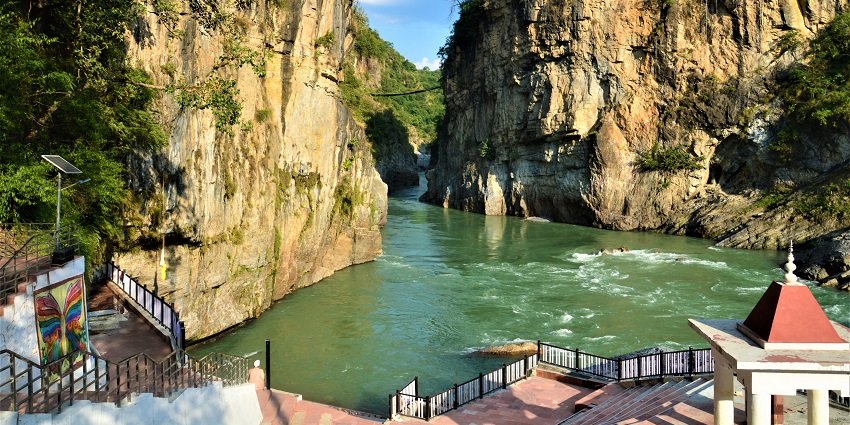
Photo: Dey mit / Wikimedia Commons / Image For Representation Only
Tungnath Temple, the highest Shiva temple in the world, is nestled amidst the majestic Himalayan peaks in the Rudraprayag district of Uttarakhand, India. Situated at an awe-inspiring altitude of 3,680 metres (12,073 feet), it is one of the five Panch Kedar temples, each dedicated to a specific body part of Lord Shiva. Here, the arms of Lord Shiva are worshipped in the form of a Shiva linga. The temple’s ancient architecture, coupled with its breathtaking location, offers a unique spiritual experience
Suggested Read: A Trip To Uttarakhand Jungle Safari
How To Reach Tungnath Temple
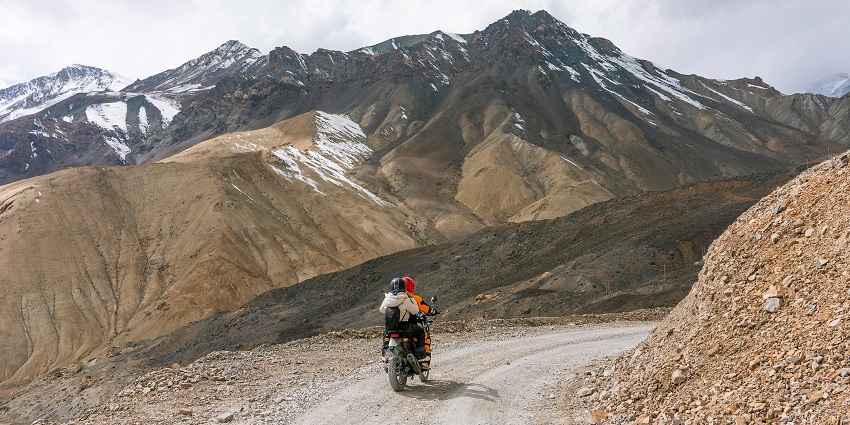
Photo: Tan Danh / Pexels / Image For Representation Only
By Road: From Dehradun, you’ll need to hire a taxi or take a bus to reach Chopta, the starting point of the trek to Tungnath.
By Air: Jolly Grant Airport in Dehradun is the closest airport to reach the temple the fastest.
By Trek: From Chopta, you can embark on a moderate 3-4 km trek to reach the Tungnath Temple. The trek offers stunning views of the Himalayas and is suitable for most fitness levels.
5 Places To Visit Near Tungnath Temple
There are several amazing attractions nearby that visitors must explore on their visit to the temple.
1. Chandrashila Peak
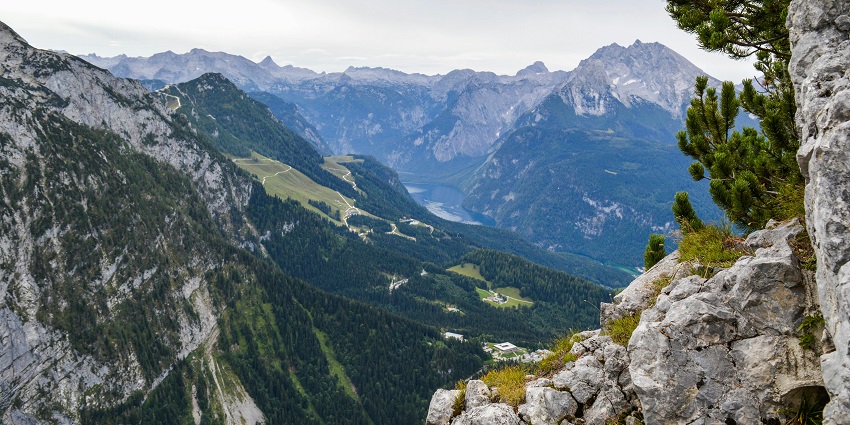
Photo: Gotta Be Worth It / Pexels / Image For Representation Only
Chandrashila Peak, a breathtaking summit in the Garhwal Himalayas, offers a truly unforgettable experience. Standing at an impressive altitude of 13,123 feet, it rewards trekkers with panoramic views of some of the most iconic Himalayan peaks, including Nanda Devi, Trishul, Chaukhamba, and Kedarnath. The serene atmosphere, coupled with the spiritual significance of the nearby Tungnath Temple, makes Chandrashila a must-visit destination for nature lovers, adventure enthusiasts, and spiritual seekers alike. The crisp mountain air, the stunning views, and the sense of accomplishment at the summit make it a truly unforgettable experience.
Timings: Year-round
Best Time To Visit: April to June, September to November
Suggested Read: A Trip To Rajaji National Park Jungle Safari
2. Deoria Tal
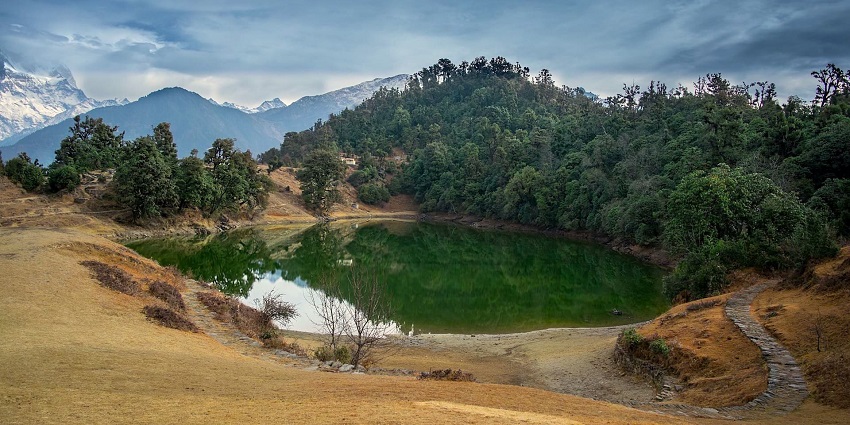
Photo: Photos Worldwide / Wikimedia Commons
Deoria Tal, a serene alpine lake nestled amidst the Garhwal Himalayas, is a breathtaking sight to behold. Its crystal-clear waters mirror the snow-capped peaks of the surrounding mountains, creating a picturesque landscape that captivates visitors. The tranquil ambiance, coupled with the stunning natural beauty, makes Deoria Tal a popular destination for nature lovers, photographers, and those seeking a peaceful retreat. The lake’s serene beauty, combined with the opportunity for trekking and camping, offers a rejuvenating experience for all who visit.
Timings: Year-round
Best Time To Visit: April to June, September to November
3. Chopta
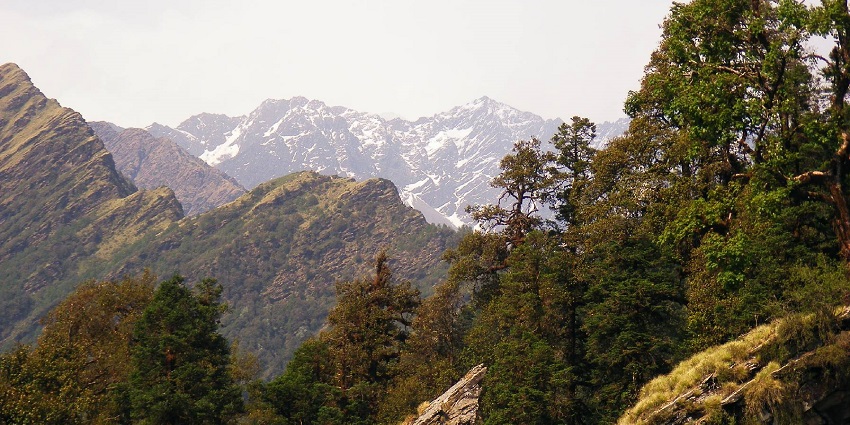
Photo: Alok Prasad / Wikimedia Commons
Chopta, often referred to as the ‘Mini Switzerland of India’, is a charming hill station nestled amidst the Garhwal Himalayas. Known for its breathtaking natural beauty, lush green meadows, and snow-capped peaks, Chopta offers a serene escape from the hustle and bustle of city life. The pristine environment, coupled with the opportunity for thrilling treks to Tungnath and Chandrashila, makes it a paradise for nature lovers and adventure enthusiasts. Whether you’re seeking tranquillity, adventure, or spiritual enlightenment, Chopta has something to offer everyone.
Timings: Year-round
Best Time To Visit: March to June, September to November
Suggested Read: A Trip To Jungle Safari In Rishikesh
4. Kanchula Korak Musk Deer Sanctuary
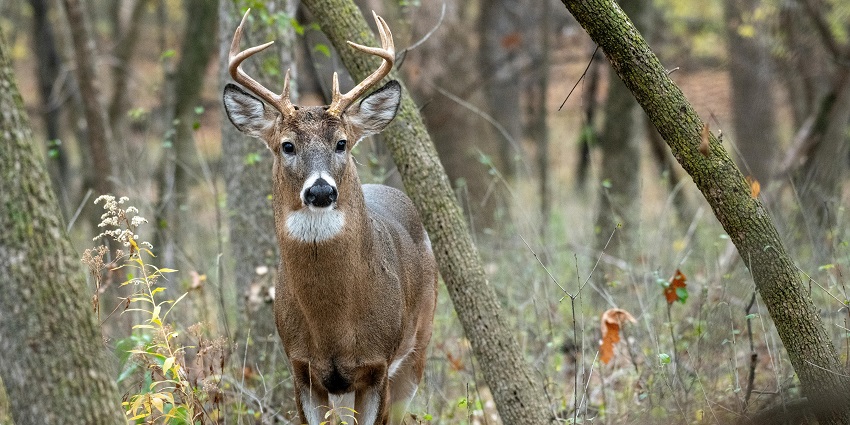
Photo: Andrew Patrick Photo / Pexels / Image For Representation Only
Kanchula Korak Musk Deer Sanctuary, nestled amidst the pristine wilderness of the Garhwal Himalayas, is a hidden gem for wildlife enthusiasts. This sanctuary is home to the elusive musk deer, a critically endangered species known for its valuable musk gland. The sanctuary’s diverse ecosystem, including alpine meadows, coniferous forests, and rocky terrains, provides a suitable habitat for a variety of wildlife, including Himalayan black bears, leopards, and a diverse range of bird species. A visit to Kanchula Korak offers a unique opportunity to witness the beauty of the Himalayas and the delicate balance of nature.
Timings: Year-round
Best Time To Visit: March to June, September to November
5. Ukhimath
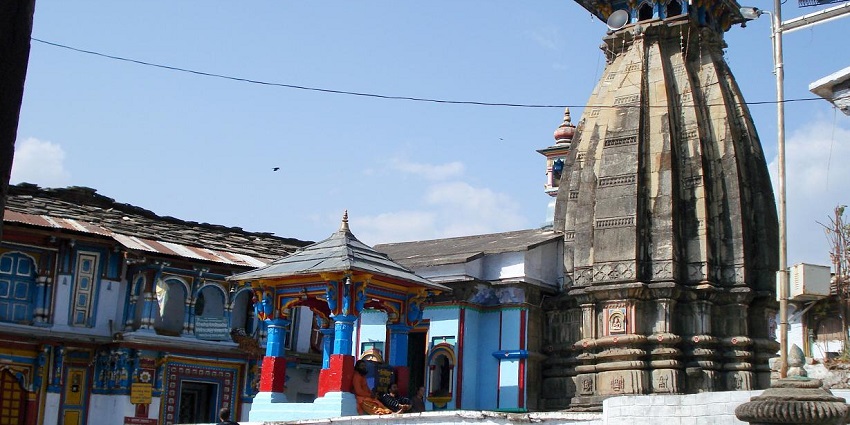
Photo: Vvnataraj / Wikimedia Commons
Ukhimath, a serene hill town nestled in the Garhwal Himalayas, holds immense religious significance. It serves as the winter abode for the deities of Kedarnath and Madhyamaheshwar, two of the revered Panch Kedar temples. During the harsh winter months, when these temples are inaccessible due to heavy snowfall, the deities are brought to Ukhimath’s Omkareshwar Temple for worship. This unique tradition attracts devotees seeking divine blessings and a spiritual experience. Beyond its religious importance, Ukhimath offers breathtaking views of the snow-capped Himalayan peaks, making it a popular destination for nature lovers and adventure enthusiasts.
Timings: Year-round
Best Time To Visit: March to June, September to November
Suggested Read: Adventure Sports In Mussoorie
Where To Stay

Photo: Quang Nguyen Vinh / Pexels / Image For Representation Only
Chopta offers comfortable rooms with stunning views of the Himalayas. There is Himrab Chopta Resort known for its excellent food and comfortable accommodations. Also, The Mini Switzerland Amar Resort is a luxurious resort with all modern amenities offering a comfortable stay to all visitors. Snow N Shades Resort and Cafe offers a peaceful and serene atmosphere under budget.
In Ukhimath, visitors can find Regenta Resort Madhuganga Ukhimath which is a luxurious resort with a spa, gym, and other amenities. Revery the tiny house is also a cosy and affordable option with beautiful mountain views. Tourists can explore other options as well such as camping or staying in homestays around the temple, offering a more authentic experience.
Where To Eat

Photo: Stanisław Pionersky / Pexels / Image For Representation Only
At the Chopta base (around 3-4 km from the Tungnath trek starting point), small dhabas serve basic meals like Maggi, parathas, dal, rice, and chai. Located around 2 km from Chopta, there’s an area called Baniyakund which has a few more eateries offering simple meals for trekkers and pilgrims.
Some camping providers near the trek route also offer food as part of their package. Meals usually include traditional North Indian dishes, simple but filling to support the trek. Located near Chopta, Mayadeep Herbal Resort provides meals for its guests. The food is simple but prepared fresh with local ingredients. Known for its beautiful setting and decent food offerings, Magpie Jungle Camp is a camping site offering breakfast, lunch, and dinner to visitors.
Suggested Read: Discover The Best Nightlife In Rishikesh
Best Time To Visit
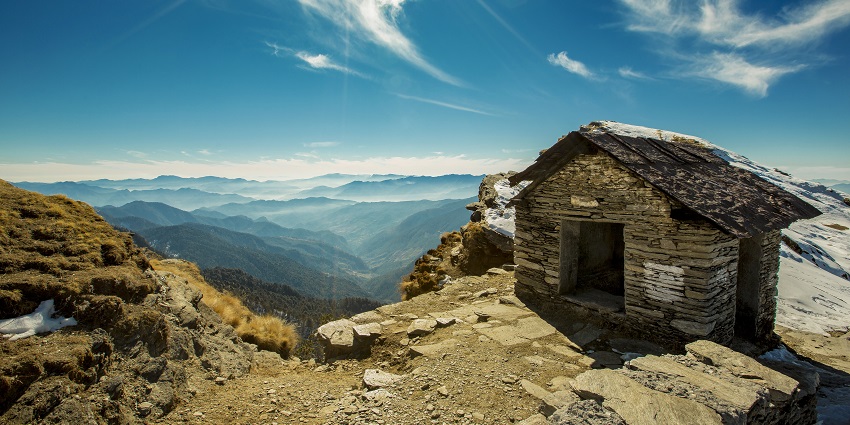
Photo: Aditya Siva / Wikimedia Commons
The best time to visit Tungnath Temple is during the summer months (April to June) and the autumn months (September to November). During these periods, the weather is pleasant, with clear skies and moderate temperatures, making it ideal for trekking to the temple and enjoying the stunning views. The monsoon season (July to August) can bring heavy rainfall and landslides, making the trails difficult to navigate. Winter (December to March) brings freezing temperatures and heavy snowfall, closing the temple and making the trek inaccessible.
Other Factors To Consider
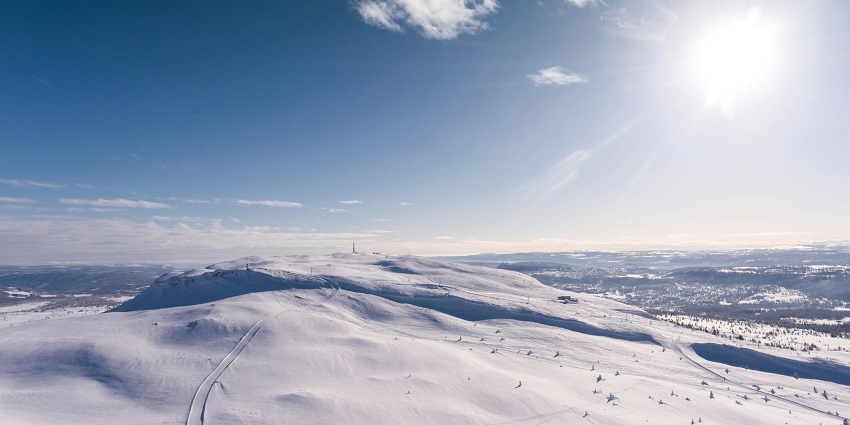
Photo: invisiblepower / Pexels / Image For Representation Only
- Physical Fitness: The trek to Tungnath is moderately challenging and requires a good level of physical fitness. Ensure you’re physically prepared, especially if you’re not accustomed to high-altitude trekking.
- Acclimatisation: The high altitude can cause altitude sickness in some individuals. It’s advisable to spend some time in lower altitudes before starting the trek to acclimate your body.
- Permits: You may need to obtain permits from the Uttarakhand Forest Department, especially during peak seasons. Check the latest guidelines before your visit.
- Weather Conditions: The weather in the Himalayas can be unpredictable, especially during the monsoon season. Check the weather forecast and plan your trip accordingly.
- Packing Essentials: Pack warm clothing, sturdy trekking shoes, a waterproof jacket, a hat, sunglasses, sunscreen, and a water bottle.
- Guide Services: Hiring a local guide can be beneficial, especially if you’re trekking independently. They can provide valuable information about the trail, local customs, and safety precautions.
Suggested Read: Haunted Places In Uttarakhand
A pilgrimage to Tungnath Temple is a journey that transcends the physical. The trek to the highest Shiva temple in the world, amidst the breathtaking Himalayan panorama, is a spiritual experience like no other. As you ascend the trail, you’ll be rewarded with stunning vistas, serene landscapes, and a sense of tranquillity. Plan your adventure to Tungnath now with TripXL!
Cover Photo: Varun Shiv Kapur / Wikimedia Commons


 WhatsApp
WhatsApp
 Twitter
Twitter









